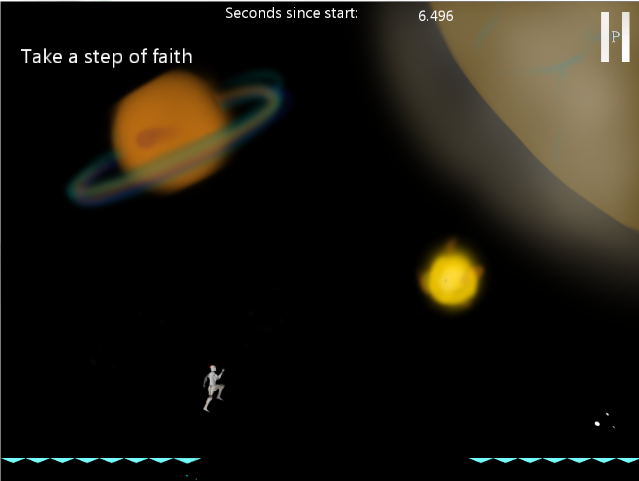Note: This post is by your favorite programmer, Joraaver!
Hey guys. Sorry for the long wait. My first project in my Operating Systems class took an insane amount of time. But enough about me. Time to dissect the game (WARNING: LONG and MEATY)!
I'll break this post up into 4 parts (NOT 4 posts, 4 parts): setup, analysis, solution, and remarks. Please keep in mind that I strive to explain everything to my best understanding, but I'm a beginner game developer, a student, and above all, nowhere near perfect. If I did something wrong or could have done something better, PLEASE tell me!
The Setup
It was around 11:50 pm Saturday night, January 4th, when a play-tester called me to report an error. After the 16th level and the 20th level, he would get a java.lang.OutOfMemoryError: Direct buffer memory error. So, as any developer would, I collected the details of his machine--graphics card, RAM, operating system, the works. However, the machine wasn't anything special, so I will leave those details out. The main part occurs now: I have a bug, it's 12:
… Continue Reading
